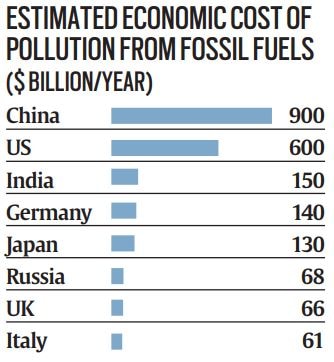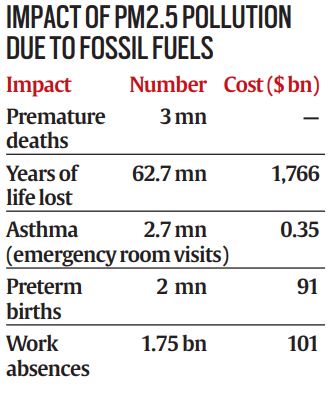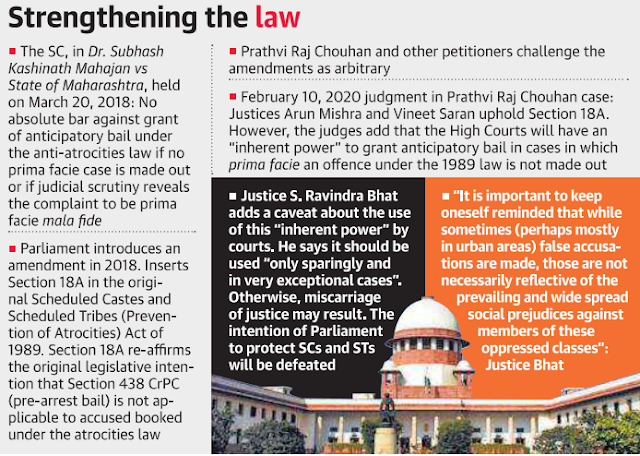From UPSC perspective, the following things are important :
Prelims level: Countervailing duty
Mains level: India-US trade disputes
The Office of the United States Trade Representative (USTR) has published a notice, amending lists of developing and least-developed countries that are eligible for preferential treatment with respect to countervailing duties (CVD) investigations.
New classification by US
- To harmonise U.S. law with the World Trade Organization’s (WTO) Subsidies and Countervailing Measures (SCM) Agreement, the USTR had, in 1998, come up with lists of countries classified as per their level of development.
- These lists were used to determine whether they were potentially subject to U.S. countervailing duties. The 1998 rule is now “obsolete” as per the USTR notice.
- Countries not given special consideration have lower levels of protection against a CVD investigation.
- A CVD investigation must be terminated if the offending subsidy is de minimis (too small to warrant concern) or if import volumes are negligible.
- The de minimis thresholds and import volume allowance are more relaxed for developing and least-developed countries.
Criteria set by US
- The USTR used the following criteria to determine whether a country was eligible for the 2% de minimise standard:
(1) Per capita Gross National Income or GNI
(2) share of world trade
(3) other factors such as Organisation for Economic Co-operation and Development (OECD) membership or application for membership, EU membership, and Group of Twenty (G20) membership.
Delisting India
- India was, until February 10, on the developing country list and therefore eligible for these more relaxed standards. It has now been taken off of that list.
- India, along with Brazil, Indonesia, Malaysia, Thailand and Vietnam were taken off the list since they each have at least a 0.5% share of the global trade, despite having less than $12, 375 GNI (the World Bank threshold separating high-income countries from others).
- India was taken off the list also because — like Argentina, Brazil, Indonesia and South Africa — it is part of the G20.
- Given the global economic significance of the G20, and the collective economic weight of its membership (which accounts for large shares of global economic output and trade), G20 membership indicates that a country is developed a/c to USTR.
Get an IAS/IPS ranker as your 1: 1 personal mentor for UPSC 2024








